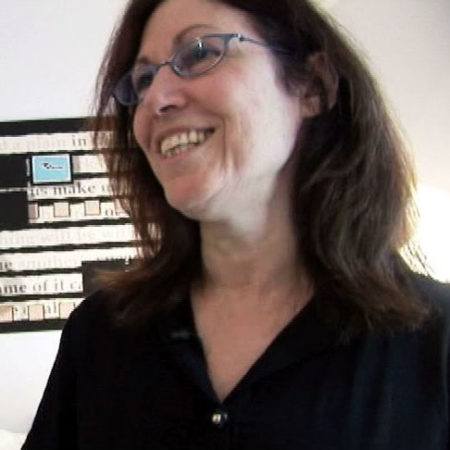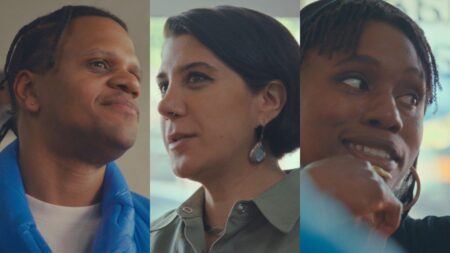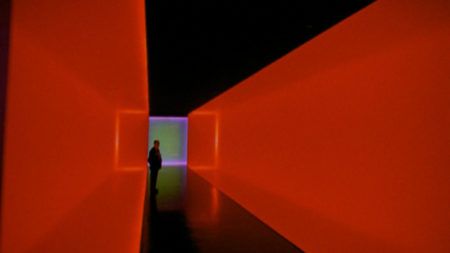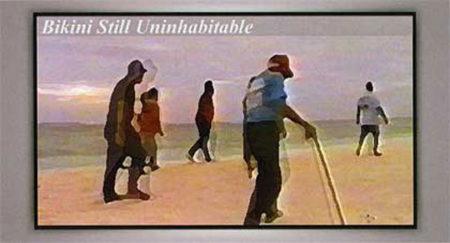Beryl Korot

Beryl Korot was born in 1945 in New York City, where she lives and works. She graduated from Queens College in 1967 with a BA in English literature. In her practice, Korot explores how information is encoded and transmitted through systems of lines, grids, and patterns throughout human history. Drawing upon traditions and strategies found in weaving, print media, and video recording, the artist develops artworks that uniquely visualize the intersections of history, language, and technology.
A pioneer of video art, Korot founded the video magazine Radical Software with Phyllis Gershuny and Ira Schneider in 1970, shortly after the release of the first commercially available portable camera, Sony’s Portapak. The magazine served as a way for artists working in the medium to exchange information about the new tools that were available to them. “I always had the attitude towards technology that the more intimate you are with the tools that you get, the more you can tell your story,” she says. Korot’s film Dachau (1974) (1974), builds a narrative structure and feeling of movement by employing a rhythmic weaving of images through four distinct, side-by-side channels. In this black-and-white video installation, the artist edits footage of the German concentration camp into short repeating clips that flow into one another, combined according to the logic of a loom program. In her installation, Text and Commentary (1976-77), the artist displays five videos of herself working at a loom alongside the resulting tapestries. The installation also includes schematic diagrams for each of the weavings and a pictographic score illustrating how she edited the videos. Considering the loom to be the first computer, Korot creates a parallel between the tapestries and their schematic drawings and the videos and their scores.
In addition to her video-based work, the artist has also created her own language through which she encodes visual information into her fabric works. For works such as Babel 1 (1980) and Babel 2 (1980), Korot uses her own abstract grid-based language to insert the story The Tower of Babel, a text from Genesis, into the tapestry. “From the very beginning, I was interested in finding structures to convey narrative without it being from a literary tradition,” Korot says. Working across text, video, and fabric, “the thing that was really interesting to me is that information in all three mediums is encoded in lines…So I just became really interested in how the lines could be built up to create information.” Whether it is the lines of a tapestry that are built by a loom, the lines of words that comprise a written text, and the scanned lines of information that create an image on a video screen, Korot creates a body of work that explores and visualizes how information is stored, shared, and remembered.
Videos 6
-
Beryl Korot






